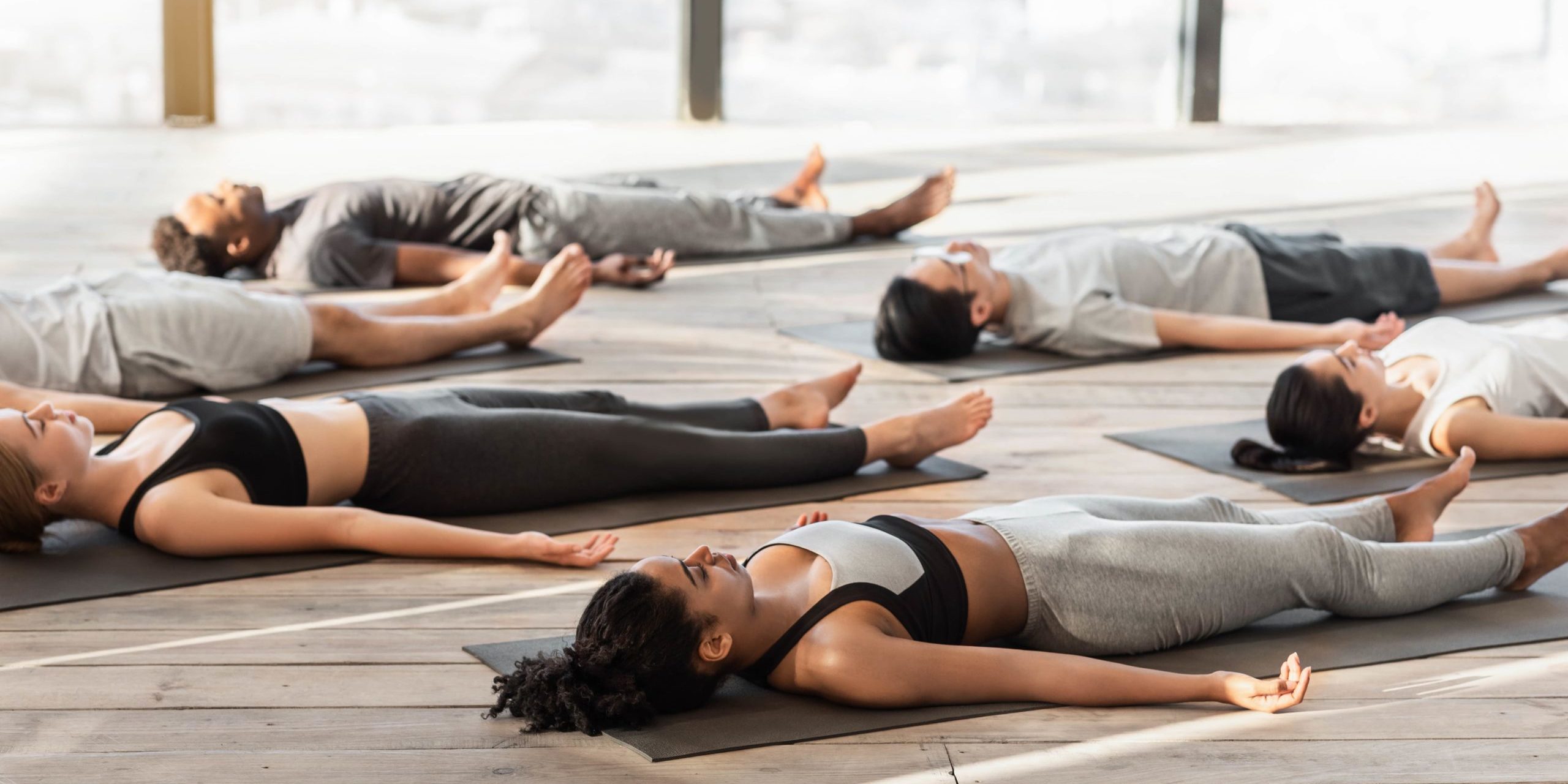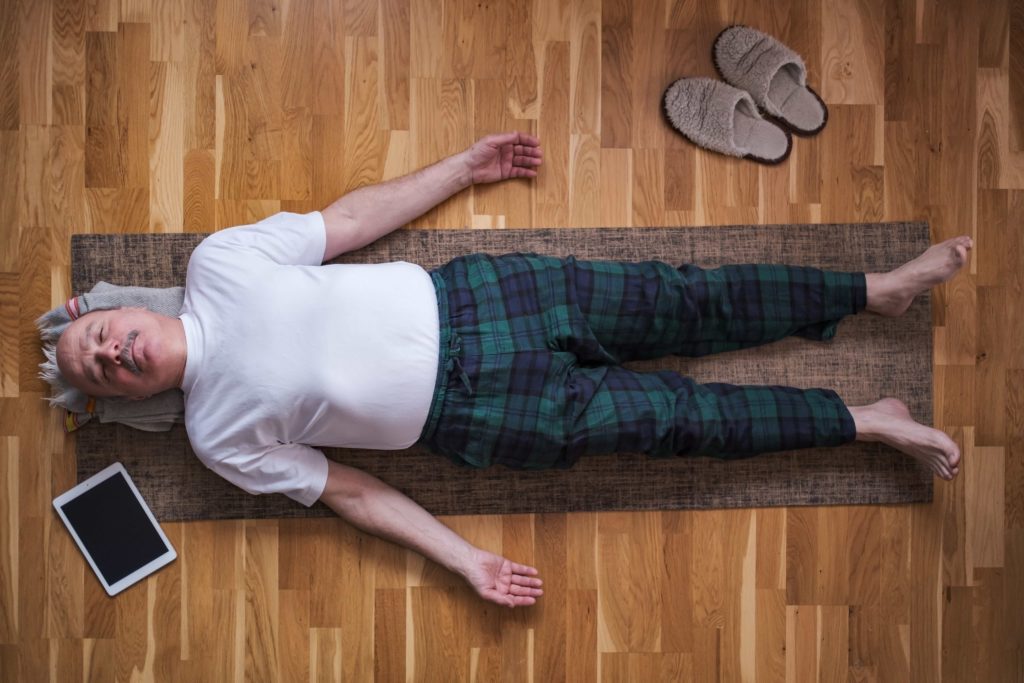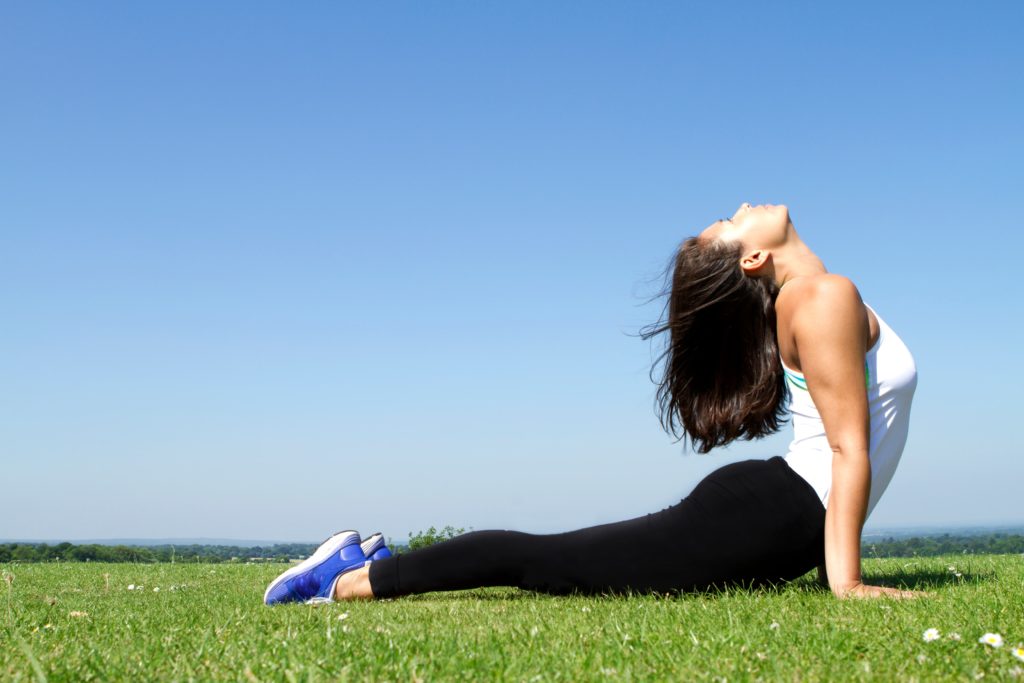Lying down and doing nothing is a favorite way to relax for many. But what if there was a way to build your health while lying down? Sounds fascinating.
Yoga is an ancient discipline of life that profoundly affects your health and well-being. The multi-utility, holistic way of living includes several techniques that enhance your stamina, improve your immunity, and affect your overall health. Savasana is an effective Yoga technique to enrich your health while you relax.
Table of Contents
What is Savasana?
Sava means corpse in the Sanskrit language, and asana means pose. Savasana is called the corpse pose because you lie still and motionless while practicing this asana. Savasana, though seemingly straightforward, requires skill and effort. The corpse pose is a relaxing Yoga posture that rejuvenates your mind and body. It is one of the best Yoga poses to relax and cool down after your Yoga session.
With good practice, developing physical flexibility and twisting your body into various Yoga poses is easy. However, relaxing your mind and body during Yoga is complex and requires more extraordinary skill. It is an excellent way to learn the art of relaxation and enhance your mental, spiritual, and physical well-being. Regular practice of Savasana reduces the tightness and mechanical tension of your muscles and rejuvenates them.
Your muscles are more likely to release pent-up stress if they relax gradually and not forcefully or suddenly. Therefore, performing active Yoga postures that relieve your muscles is advisable before proceeding to the more passive postures.
Let us learn the steps to perform it correctly.
How to Perform Savasana: Step By Step Guide
It is usually the last Yoga pose you will perform before concluding your Yoga class. Here is a step-wise guide on the sequence of Savasana.
- Place a Yoga mat on the floor and lie down on your back. A yoga mat or soft mat will make your practice more comfortable.
- Keep your legs straight and allow your feet to fall to the side.
- Keep your arms close to your torso without bending them in the elbows.
- Relax your palms, ankles, toes, and fingers by keeping them neutral.
- You may use a folded towel or a thin pillow to support your neck during it.
- Remember to loosen all your muscles and relax your body parts without putting them under duress.
- Continue your regular breathing cycle and allow your mind to relax. Release your mind of all negativity and emotional burdens.
- Remain in Savasana for up to five minutes while continuing breathing.
- With regular practice, you will notice that you feel lighter and fresher after a relaxing five minutes of performing the asana.
- As you release your body from its Savasana posture, bend your knees and turn to one side.
- Press the palm of your opposite hand for support and lift your torso off the ground. Remain seated for some time before concluding Savasana.
It elevates your sense of well-being and relieves your mental and physical stress. With regular practice, you will feel your muscles loosen up and relax after every session of Savasana.
Benefits Of Savasana
It acts subtly and profoundly on all aspects of your well-being. The Yoga pose impacts your health to heal ongoing illnesses and prevent the onset of new health conditions. Let us get to know the various benefits of it.
1. Effective Cool Down: If you practice Yoga regularly, you will likely end most of your sessions with Savasana. Yoga stretches and activates your muscles, while Savasana allows your muscles to relax. It is the perfect way to cool down your body, rejuvenate your muscles, and lower your elevated heart rate after a hectic Yoga session. You may also practice it before bedtime to destress your mind from all negativity.
2. Supple Muscles: Most people believe regular exercise is the best way to develop strong, flexible muscles. However, it is also vital to relax your muscles adequately to maintain their strength. It trains your muscles to unwind and release pent-up stress and tension. You are likely to develop greater muscle strength and suppleness with the regular practice of Savasana.
3. Regulated Blood Circulation: Your cardiac muscles work extra hard to pump more blood to your muscles when you perform any physical activity. It is usual for your heart rate to increase during your Yoga session. It will lower your heart rate to normal and restore healthy blood circulation. It is beneficial in reducing blood pressure in case of hypertension.
4. Increased Awareness: During Savasana, your Yoga instructor may advise you to singularly focus on relaxing every organ and every corner of your mind. While concentrating on mental relaxation, you become aware of your subconscious state of mind and connect with yourself at a deeper level. It increases your awareness of self, thus enhancing your spiritual well-being.
5. Mental Calm: Savasana is one of the most effective ways to curb mental chaos. During it, you let go of any mental boundaries and allow your thoughts to flow freely. Your mind becomes unburdened from its emotional baggage, allowing you to reach a state of calm and tranquility. It is an excellent Yoga posture to retain mental calm after a relaxing meditation session.
6. Savasana For Tridoshas: Ayurvedic science believes in treating patients by balancing the levels of the three doshas, Vata, Pitta, and Kapha. It reduces the effect of excess Vata dosha, thus improving your lung capacity, oxygen intake, and muscular strength.
Learn How Savasana Affects Your Chakras
The chakras are intangible wheels located at several points within your body. These wheels allow the flow of the vital force, abstract energy residing within all living beings, through each cell of your body. (READ our blog on chakras)
Yoga principles classify the chakras as major and minor, with the minor chakras connecting to the major chakras. There are over 114 chakras in our body, and Savasana nurtures them.
- It adjusts the alignment of malfunctioning chakras and allows vital life energy to flow freely throughout your body.
- Agitated and hyperactive chakras cannot function well and will likely hamper your physiological harmony. It opens and soothes your blocked chakras, thus restoring their balance.
- Your Muladhara chakra (root chakra) experiences a peculiar effect when your body is in Savasana. The chakra is opened and stimulated uniformly since your entire body touches the ground during Savasana.
- It forms a crucial part of Yoga sequences to open a blocked throat chakra.
- It stimulates and benefits every major and minor chakra in your body, enhancing almost all your physiological functions.
It is one of the Yoga poses with little to no side effects and can be practiced by most people at any time. People with chronic or severe spinal conditions who have been advised against lying on the ground should avoid Savasana. It is helpful to take guidance from certified Yoga trainers while practicing Savasana.
Yoga is a safe exercise practice that yields significant benefits to most people. Experience a positive change in your life by including Yoga in your daily routine.









